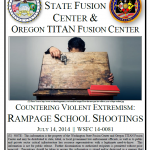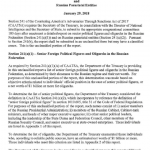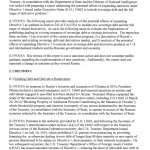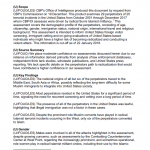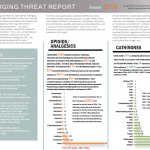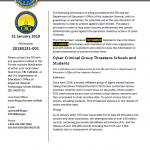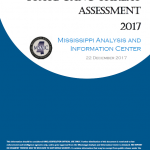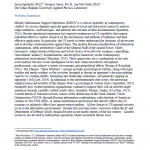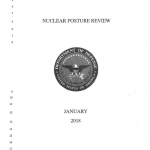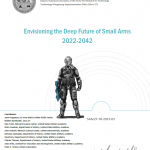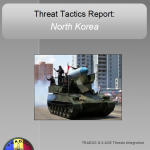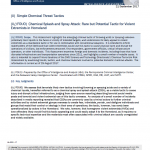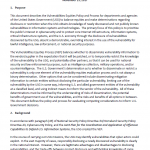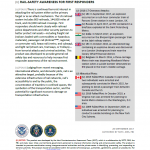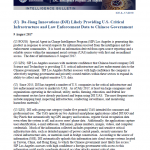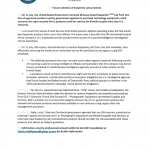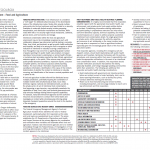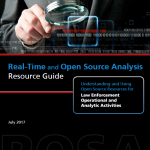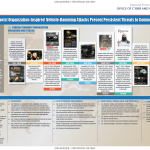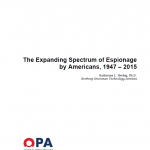
The report describes characteristics of 209 Americans who committed espionage-related offenses against the U.S. since 1947. Three cohorts are compared based on when the individual began espionage: 1947-1979, 1980-1989, and 1990-2015. Using data coded from open published sources, analyses are reported on personal attributes of persons across the three cohorts, the employment and levels of clearance, how they committed espionage, the consequences they suffered, and their motivations. The second part of the report explores each of the five types of espionage committed by the 209 persons under study. These include: classic espionage, leaks, acting as an agent of a foreign government, violations of export control laws, and economic espionage. The statutes governing each type are discussed and compared. Classification of national security information is discussed as one element in espionage. In Part 3, revisions to the espionage statutes are recommended in light of findings presented in the report.

